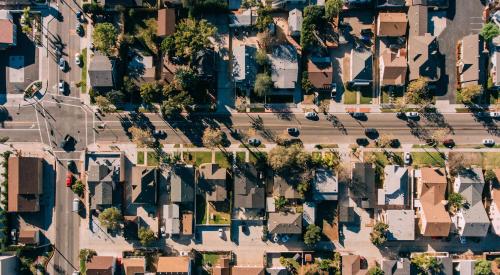Those most willing to expect the unexpected from the housing industry in 2019 may be best positioned for business success in the new year and beyond.
The “Emerging Trends in Real Estate 2019” report, issued by the Urban Land Institute and PricewaterhouseCoopers, warns against a “connect-the-dots” business strategy using set data points, instead concluding that real estate will take on a new dimension over the course of the coming year, more akin to a Venn diagram of complex trends. The report stresses that flexibility and openness to innovation are key traits for succeeding when faced with increasing market complexity.
But what does that mean for the home building industry? To start, GDP growth is forecast to slow between 2018 and 2028, as evidenced by data from the Congressional Budget Office at press time, which projects monthly job gains will be 65.5 percent lower than the monthly average achieved through 2017 since employment started recovering in November 2010. Historically, lower levels of real estate market activity follow slower GDP growth, the report says.
When looking at market timing, the report suggests more real estate firms may be looking further down the road in their investment choices. While about one-third (32.4 percent) of firms say they’ll use a 5-to-10-year time horizon for investing in 2019 (compared with 32.8 percent in 2018), investments with a 10-plus-year horizon noticeably jumped from 24.3 percent in 2018 to an anticipated 29.2 percent in 2019.
Meanwhile, the topmost concern among real estate professionals in 2019 is construction costs, followed by: job and income growth; qualified labor availability; interest rates and financing costs; and, finally, the political landscape and government budget issues, which rated equally.
Where might buyers and housing pros find the most stability in 2019? In suburbs and in secondary “18-hour cities,” such as Nashville, which scored best in the report in terms of combined market stability and projected employment growth. Seattle and, in Texas, Austin and Dallas-Fort Worth, were close behind. Nationally, markets are projected to be stable, with a 0.3 stability ratio calculated by dividing current employment volatility by historical employment volatility. Scores lower than 1.0 mean current stability is stronger than the historical average.
The year 2020 was frequently cited by those interviewed for the report as a major inflection point for housing. In the lead-up, expect “existential [and] mounting uneasiness” playing out in 2019 through a string of realignments at every industry level, they said.
In addition, how people and technology interact “[will change] what builders can design, build, sell, and what people want to live in, and where, and what it’s all worth to them,” according to the report.













